If you’ve been living on this planet from the time you were born, you’ve probably noticed that everything is changing quickly. We experience many events and developments, both good and bad, on the planet Earth we live in. From exciting new technology inventions such as smartphones, to the warmer summer months due to climate change, to the garbage piles like a mountain because of the consumption frenzy, examples can be diversified.
And the changes are not limited to concrete things. We have changed the planet so radically that a new era begins. Scientists call the new age Anthropocene or Age of Man.
Humans are no longer an ordinary species on earth. We have become a natural force with as much influence as volcanoes and asteroids that determine the destiny of the planet for millions of years. So what do these changes really mean for us people living in this world?
In this summary, you will understand how the human being has a huge impact on the world. You will see the destruction we have done at the deepest point of the oceans, the highest point of the mountains, and even the barren point of the deserts.
You will discover the methods we use to shape our planet, how we should adapt to the new order we establish, and what the future will bring to us.

Chapter 1 – Humans are changing the atmosphere when they get to know it.
Have you ever been lying under a tree on a hot summer day and watching the movement of the clouds? Or have you ever admired the stars at night? The sky surrounding us and the air we breathe is quite familiar to us as our ancestors’ thousands of years ago.
But everything we do today about the atmosphere has not been done before.
You can, of course, guess that we are talking about pollution. It is not unusual to release harmful substances into the air. It is enough just to think of the embarrassing London smoke. However, the scope of pollution has changed significantly.
Humans are no longer just a tiny cloud of smoke in large parts of the world. Today we are crowded organisms that have the power to change the atmosphere on a global scale. One reason for this is that we are very crowded right now; the world’s population is already over seven billion. But the crowded population is not the only reason for air pollution. The days of the “dark Evil mills” of the Industrial Revolution may have passed. Harder pollution controls cleared visible soot and sulfurous gases used to pollute the sky. The only thing that is not cleared on earth is the source of the problem – coal power. Pollution from coal-fired power plants alone in Europe still causes more than 22,000 death per year.
The developing world is also producing more pollution than ever. There are so many airs polluting industrial establishments in China that only 1 percent of the population breathes air that the European Union standards consider clean.
Moreover, people add their own personal air pollution to the harmful gas emission caused by the industry.
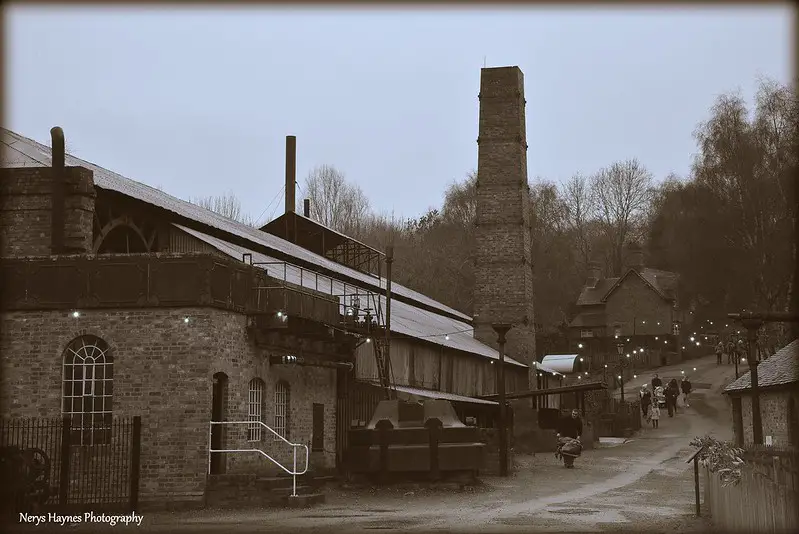
For example, the biggest pollutant in Nepal is wood and fertilizer cooking fires used all over the country. Nepalese people claim that they make the most delicious chapatis, popular local flatbread. But the other most famous thing they do is cover the air with a distinct cloud of brown smoke.
The effects of this smoke cause the harvest to fail with drought caused by increased temperatures. And its negative effects on human health are as worrisome as environmental effects. In India alone, according to estimates, about two million people per year die from diseases caused by air pollution. This figure is more than the number of people who die from malaria in the world.
The good news is that the effects of air pollution need not be permanent. If the absorption of all harmful gases ended at the same time, it would not take many years for the atmosphere to heal itself.
But we all know that this ending is not about to happen anytime soon. So the challenge that man has to deal with is to learn to live in this new atmosphere and the emerging new climate.
Chapter 2 – Significant changes in the mountains threaten our lives.
People have always been fascinated by the luminous magnitude of snow-capped mountain peaks. However, if we examine any mountain today, you are more likely to find heaps of rubbish at the top of the mountain than an untouched snowy wonderland.
Unfortunately, the changes are not just about aesthetic deterioration.
Mountains mean more than the source that arouses people’s curiosity. Mountains are an important source of life. For those who are newly informed, we rely on the mountains for freshwater. More than half of the freshwater in the world is stored in glaciers in the mountains.
However, global warming is destroying these natural clean water tanks. Increasing temperatures cause the glaciers that hold all freshwater to melt.
Let’s examine the Great Himalayan Mountains. Apart from the polar regions, it is the largest area covered with glaciers in the world – Approximately 4,000 square kilometers of ice accumulates in 35,000 square kilometers. However, these ice molds are melting so fast that it is predicted that more than two-thirds of the ice will disappear by the end of the century.
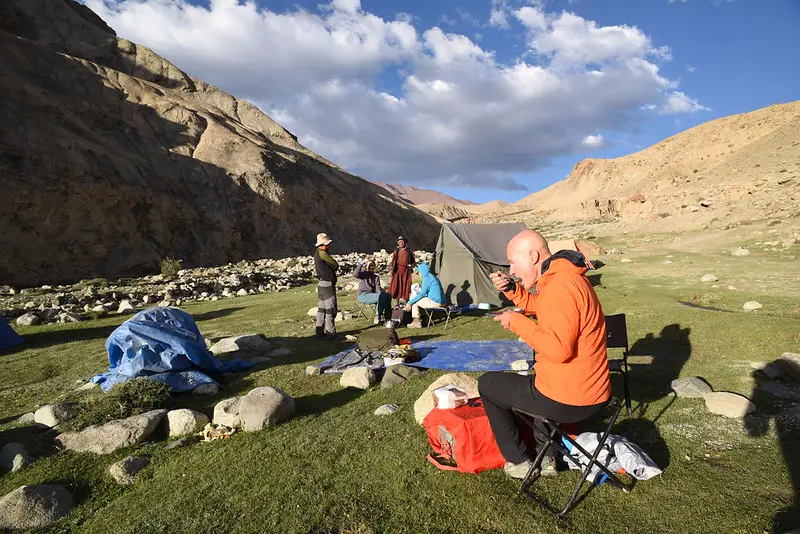
And with the melting of our freshwater resources, the race continues to renew our reserves.
One of the measures governments around the world can take is to build reservoirs to hold water from melting glaciers. However, this method is expensive and it is generally not possible to apply it logistically.
Fortunately, there is another option, which is to try to destroy the source of the problem. In other words, we can try to recreate cooler weather conditions that will allow the glaciers to freeze again.
In fact, artificial cooling may be our future. The best method to cool the planet may be to keep it away by reflecting heat. So how can this be done? The idea of sending giant mirrors that revolve around the world and reflect sunlight before they reach us is applicable. Another idea is to release small reflective particles that mimic the effects of pollution into the atmosphere only this time for the good of humanity.
However, artificial cooling comes with its own problems. The biggest danger can be seen as a termination problem. If this intensive cooling process stops suddenly, it would cause a sudden increase in temperature.
And it would be much more disastrous for this planet than the gradual warming we are experiencing right now.
Chapter 3 – Our rivers provide much-needed energy, but this causes huge human and environmental costs.
From food to transportation-drinking, washing, fishing, sailing, we have been using rivers for our most basic needs since our existence. But in the last century, we learned to use rivers as a source of power. Today, there are dams built on more than two-thirds of the world’s rivers to generate energy – and more are planned to be built.
Dams generate energy. This energy is a type of power called hydropower. Hydroelectric power plants store water in reservoirs behind dams and then run turbines to generate electricity, allowing water to pass through and generate energy.
This means that the dam was installed with its own battery. The reservoir itself is an energy store. And the efficiency of this natural battery is 80-90 percent. Moreover, unlike solar energy, it produces energy continuously because it is not dependent on the weather. In addition, the economic benefits are enormous, as the infrastructure required to build a dam is relatively inexpensive.
Looks pretty good, right? Unfortunately, it is not entirely spectacular. The construction of a dam also creates many harmful consequences for the environment and its inhabitants.
The construction of a dam will result in flooded fertile soil. As if this is not bad enough, the productivity of all regions outside the flooded land is also negatively affected. Since the dams prevent the sediments carried by the rivers from reaching the soil, soils washed during precipitation cannot be renewed without these sediments. And the damage of dams to the environment does not end here. Too much water can cause an earthquake. At the same time, in the river, the dam prevents fish from reaching spawning areas, and therefore they can no longer breed.
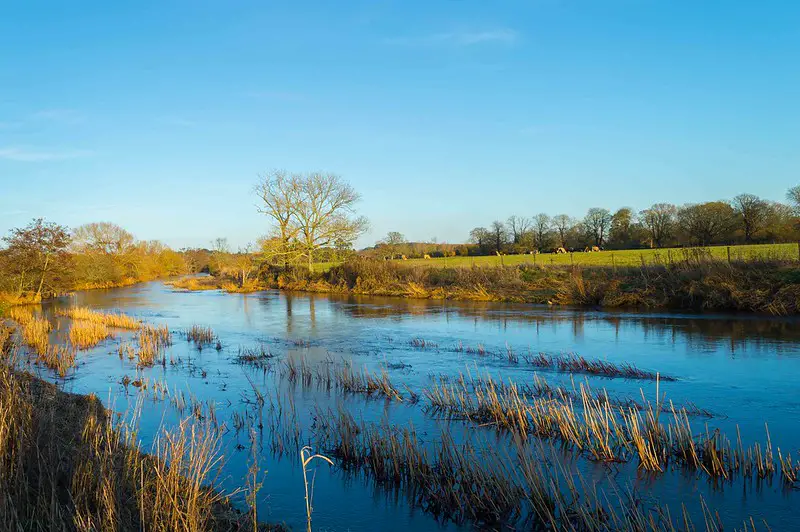
This is a big dilemma. On the one hand, the hydroelectric power plant provides much-needed energy to poor countries and regions. Distant quiet villages on the banks of the Mekong River in Laos will soon have reliable electricity and the Internet when the construction of new dams is completed.
However, on the other hand, you cannot eat electrical energy, as a local fisherman said. There is now a risk of displacement of residents who cannot fish or live in the area. Some losses are more difficult to replace, such as the disappearance of old cemetery sites. Without traditional survival tools, all communities and their lifestyles are in danger of disappearing.
And this is the biggest problem of our time: How to meet our ever-growing needs without further damaging resources that benefit people.
Chapter 4 – Humanity needs to make farming more efficient in order to feed the growing population in an increasingly warming world.
In this age of global warming, where water scarcity is now inevitable, the land is becoming less and less suitable for agriculture.
Africa is the best example of drought and famine. There is very little irrigation possibility and precipitation is very low on the continent. With climate change, people can’t continue their lives on this continent.
Let’s examine Uganda. Here, the rainy seasons are very short, so farmers can plant and harvest at certain times. Seeds should be sown exactly at the right time just before water comes. But now the rains have become unpredictable because it is falling prematurely. Sometimes it rains for weeks, and often it only rains for a day or two. Nobody knows whether they will start planting with the first few drops or predict whether the rain will continue.
Insufficient precipitation means poor harvest and poor harvest means scarcity.
Later, food scarcity worsens due to the increasing prices caused by speculations of foreign companies. We can’t trust them for help. However, fortunately, there is another way – to increase the efficiency of small farms.
Let me introduce Winifred, a local farmer in the east of Uganda. She lives in an area where about 80 percent of people need food aid to live. However, she can feed her husband and nine children by growing sunflowers, cassava, and sesame seeds in her field. Moreover, she makes a profit from agricultural production and wants to expand her farm.

She received well-planned recommendations from the National Institute for Semi-Arid Resources Research to increase her profit and production. They trained her about the best crops to grow and the best ways to prepare the soil. With a loan, she also obtained high-quality seeds from the institute.
She paid off the loan and resubmitted it as needed. In the following period, Winifred had grown enough products to sell on the market. Now she produces so well that she earns enough to send its children to private boarding schools.
Like Winifred, mankind should make more products in restricted agricultural areas. Population growth is estimated to make it increasingly difficult to meet the demand for food. Already, 300 children die every hour due to malnutrition.
In order to feed the ever-growing population in changing climatic conditions, we need solutions such as making crops more nutritious and developing crops resistant to heat and drought. In this way, we will not have to depend on environmentally harmful industrial agriculture. Instead, the production of crops can be adapted to any local climate. Thus, no one faces the danger of hunger.
Chapter 5 – Since we have transformed the oceans over time, we now have to face the consequences of this transformation.
The oceans of the world are enormous. We discovered only 3 percent of the world below the ocean surface. However, we have changed them dramatically. We built bridges over the oceans and tunnels under it. We even connected to the oceans with canals in Panama and Suez. We pour our waste into the ocean. We carry food on their surface and extract gas and oil from their depths. And most importantly, as global warming increases, the frozen waters of the Arctic melt.
Melting ice is the most urgent issue.
As the temperature rises, the ice in the Arctic continues to melt at an alarming rate. The Arctic warms up two times faster than anywhere on the planet. It shrinks because almost all the glaciers are melting. In fact, by 2030, the glaciers at the Arctic might have completely melted and disappeared.
However, its results are felt everywhere, not just in the North Pole.
For Europe, melting ice in the North Pole will cause climate conditions to extremely change. Now they will have to say goodbye to hot summers and snowy but relatively mild winters. The region may be exposed to monsoon-like floods, as well as months of drought. And winters can be much colder and freezing.
And it’s not just that. On an area of thousands of kilometers in the south, all islands and nations are already in danger of being destroyed by ocean waves.

The Maldives is in this risk zone. Consisting of more than a thousand tiny islands, it is the lowest country in the world. The risk of destroying this place by ocean waves is an inevitable reality.
Even if the average global temperature rise, as targeted by international climate negotiations, is kept 2 ° C below pre-industrial levels, it will be too late for the Maldives. Unless urgent measures are taken, the country will be flooded and become uninhabitable.
So what are the solutions?
As a solution, it is to save the existing land and even build artificial landmasses, where people whose lands are flooded can migrate. Examples similar to these artificial formations have already been introduced to the public. There are storm-resistant “designer islands” like Dhuvaafaru that have been newly built on previously uninhabited lands and specially designed to withstand tsunamis.
There are also completely artificial islands made from garbage like Thilafushi.
However, the Maldives is not the only place at risk. On a more global scale, these kinds of local gap-filling measures such as “designer islands” and artificial landmasses will not save the entire planet. What we need is to produce radical solutions to compensate for the damage we do.
Chapter 6 – Climate change creates new sources of power while destroying traditional lifestyles in the desert.
Nomadic desert tribes like Turkana have been walking around the barren lands of northern Kenya for centuries with their cattle, goats, and camels.
But these lifestyles they adopt are rapidly disappearing. In 2006, Christian Aid reported that a third of nomadic peoples in northern Kenya had to give up their traditional lifestyle, nomadism. This number has doubled within two years.
What forces them to give up? Recently, the reason for this is mostly drought.
People here were able to adapt because they were used to harsh and dry weather conditions. Drought period intervals are getting frequent and these periods take longer.
And raining in the drought intervals is short-lived.
This means that there is not enough time and rainfall to compensate for dry times. The vegetation disappears, animal husbandry cannot be done without enough food, and animals become weak from hunger. Since there is not enough time to raise the animals and move the flocks, all will eventually die.
Still, bigger changes are appearing in the future. The drought prevented a way to take advantage of the desert. However, another area of use emerged as the dry soil expanded.
The largest wind farm of the continent is planned to be established in the lands where the Turkana tribe always lives. Thanks to reliable strong winds, wind turbines installed in deserts can produce twice as much energy as they produce in Europe. Thus, almost 20 percent of Kenya’s energy needs will be produced by the new wind farm.
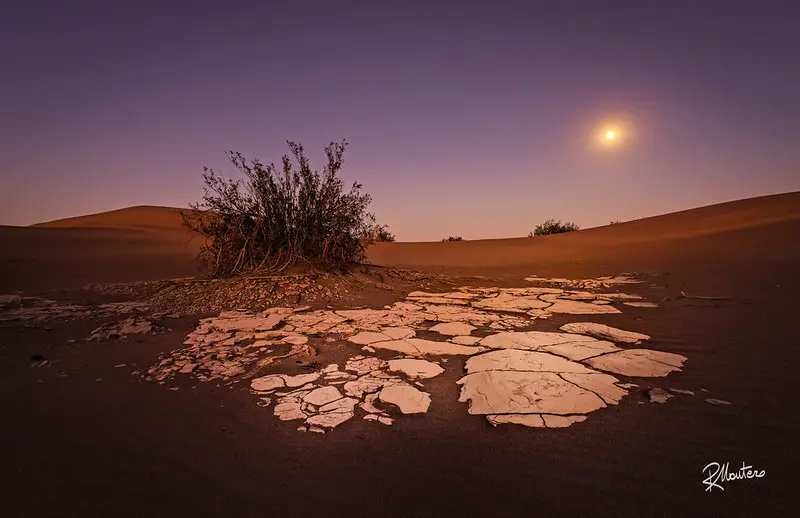
While droughts make Kenya’s existing hydroelectric energy increasingly unreliable, the need for a stable energy source is becoming more urgent than ever. However, resources that can be used to generate energy are not just windy deserts.
Even if the wind is not always present, the sun continues to rise all year round. It is a reliable source of power that never ends in a desert.
It is a new development that solar energy can now be used even without investors investing in solar panels. Throughout Africa, pay-as-you-go solar phones are already used to communicate among the poorest communities of people who don’t have access to electricity. There is no need to spend a fortune on dirty kerosene or diesel. Instead, they just need to buy a battery for a small fee to power their device. They then sometimes replace it with a device recharged in a community solar-charging center.
And as our use of this neglected large supply grows, the huge and ever-expanding deserts of the world will become the center of future energy production.
Chapter 7 – We are no longer just a small part of nature. We control it. The fate of nature is in our hands.
Since we’ve learned to walk on both feet between the lush green grass of Savannah, we continue to gradually change our natural environment. From cutting trees, growing new plants, hunting wild animals to finding newly domesticated species, we leave our mark on every corner of the world.
However, affecting the ecosystem is one thing. It is another thing to reshape it from top to bottom.
We have already started a new extinction process. Five mass extinctions have already occurred on the planet. Each of them occurred as a result of a disastrous incident. The last one happened when a meteorite hit the earth 65 million years ago.
Today, we produce these disasters ourselves without the need for an asteroid. Anthony Barnosky, a biologist at the University of California at Berkeley, states that the sixth mass extinction caused by human activity is approaching. According to him, the current rate of extinction is one to ten thousand times faster than extinction, which will happen when nature is left on its own.
It is an unquestioned reality where humanity leaves its own traces in nature. Now we have to think about how to deal with the consequences of the damage we cause.
We have the power to choose what our natural world will be like in the future. However, we must consider together what parts of the current wild wildlife we want to protect and how we plan to protect them.
For example, as a result of our impact on nature, nature can no longer balance itself. As an important issue, jaguars are in danger of extinction due to our desire for more farmland.
But at the same time, we are losing the benefit of the Jaguars, as a natural hunter that controls rodents and the disease-spreading ticks they carry.
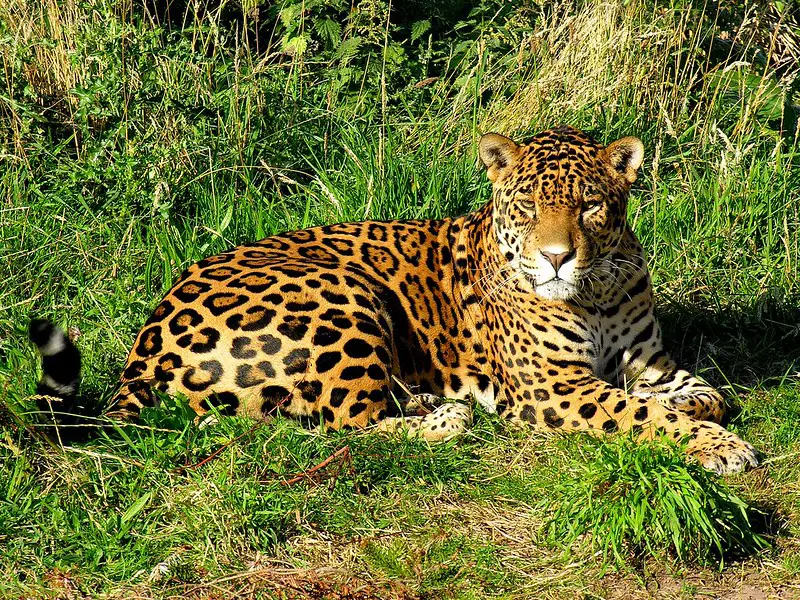
To deal with this problem, we must try to restore balance to ecosystems artificially. For example, it is proposed to bring elephants and rhinos to Australia, which is not their natural habitat, to eat grass and prevent forest fires.
We have the power to change nature. The question is how will we use this power.
Chapter 8 – Forests have never been in such danger.
About half of the forests that once covered the world have already been destroyed due to human activities. If we continue to harm this pace, we will destroy all the rainforests of the world before the end of the century.
So what is the driving force behind all this destruction?
The same main reason prevails all over the world: deforestation caused by road construction.
Because after building a road somewhere, the area around it is destroyed over time. According to scientists’ research, almost all the world’s deforestation – 95 percent – occurs within 25 kilometers of a road being built. Farmers destroy forests to grow their crops in new lands, and drug producers use the area. In just three years,50 thousand kilometers of roads have been built on the Amazon, and on average, an area of 50 meters of deforestation surrounds each road.
Still, roads may have been built for good reason. Consider a remote and inaccessible area anywhere on the planet, and possibly people are looking forward to having a road.
There is an urgent need for roads to access mines and dams and connect remote towns and villages. In a way, they are economically good structures. By building a road, you enable a community to connect with the benefits of civilization, such as education and commerce.
But it has to be accepted that this has a more sinister side.
It is not just ordinary people who benefit from better transport infrastructure. At the same time, animal hunters, human traffickers, and producers of drugs such as cocaine benefit from these roads. That’s why it is quite difficult to resist Amazon’s deforestation. In fact, in 2011, an activist was killed once a week on average for this reason.
When it comes to powerful treacherous interests, the future of the forests may not look good.
Fortunately, some things can be done to cover the damage. When it comes to connecting huge infrastructure projects to the rest of the world, it may be a solution to build railways or use existing river networks instead of roads.
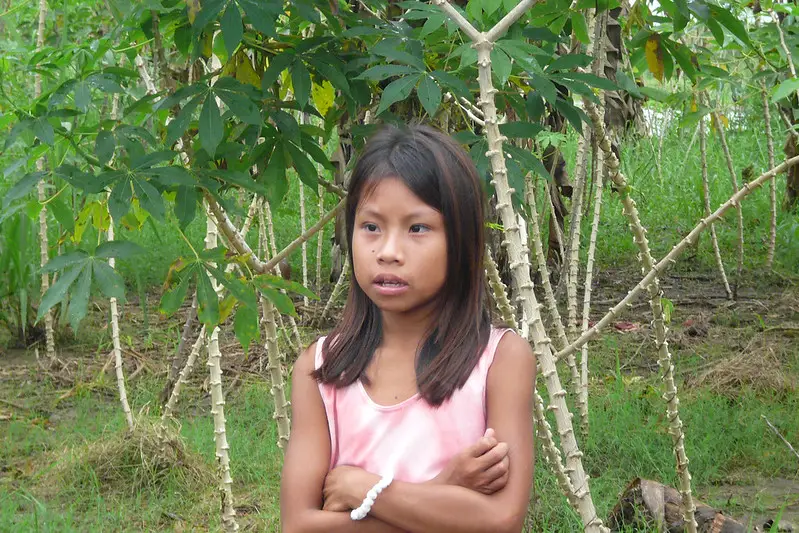
The Camisea gas project has used this proposal. Located in the depths of the Amazon, in Las Malvinas, Peru, the project is not tied to the roads. The area is used as an island. Rainforest is not damaged because products and people are transported by boat, air or underground pipelines.
We seriously need every forest zone we can save. And the sad truth is that as global warming increases, forests are being destroyed faster than ever.
Chapter 9 – People need to reconsider using the world’s mineral resources.
People are now circulating more sediments and rocky material around the planet than any natural reason- more than the sedimentary circulation caused by all rivers, glaciers, winds, and rains of the world. Consider coal alone; we extract about 8 billion metric tons of minerals every year. This amount of material means that you could build 16 Great Walls of China.
However, the resources of the world are limited.
Coal can still be extracted abundantly, but silver is an ever-decreasing mine. Silver is used in many areas other than adornment, from electronics to heart valves. Moreover, the fewer such minerals, the more we sacrifice to extract them.
The harder it is to find the silver mine, the more soil, energy, and water we need to extract it. During the mineral exploration process, rainforests and rivers are damaged. And human rights abuse is increasing at the same rate.
For example, let’s examine Potosí, a city located in the mountains of Bolivia, about 4000 meters above sea level. While it was once a prosperous and vibrant city thanks to its silver mine, the development of the city has stopped since silver has run out. And human damage of mining caused by the remnants of the supplies is disastrous- workers usually die within ten years of entering the mine, usually before they reach the age of 35.
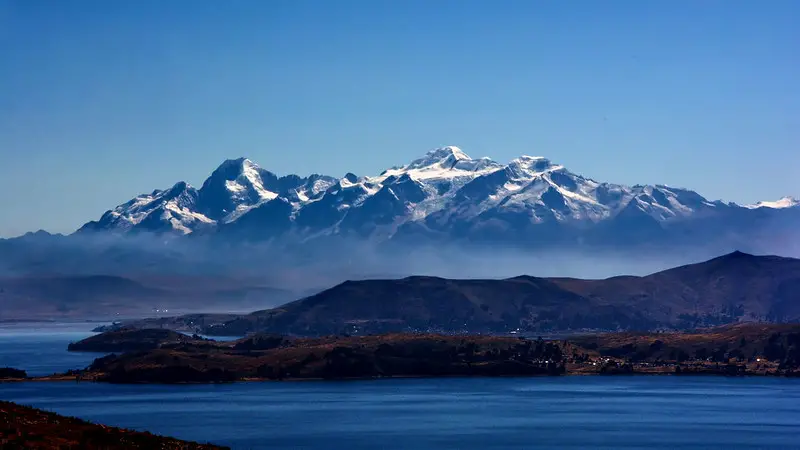
The main issue is that people’s demand for almost everything increases. Within the next three decades, fossil fuels, ores, minerals, and biomass use are estimated to reach 140 billion metric tons per year. Consider how many Great Walls you can build with this amount of material.
Among these, fossil fuels such as coal, which cause the most pollution. The coal power plants built in the first decade of this century will release more carbon dioxide in the next 25 years than emitted since the Industrial Revolution.
However, it is not easy to reduce the use of coal. Currently, 86 percent of the energy used in the world is obtained from fossil fuels and energy consumption is increasing.
One way to meet demand is electrification. Heating, lighting, transportation – all can be operated with batteries instead of fuel tanks.
The magic ingredient, which is light and efficient for batteries, is an element that is also located near the earth’s core. It is lithium. This element is probably used in the smartphone you have now. And it is possible to expand its usage area.
This is just a matter of building the right infrastructure.
Chapter 10 – This age is the urban age and cities are our future.
Whether you are listening to these episodes on the way to work or reading at home, you are more likely to live in a city. In a not so distant past, as an urban inhabitant, you were part of a small minority. But more than half of the people on the planet are living in cities these days and their numbers are growing rapidly.
With its culture and buzzing nightlife, cities are exciting places to live in. It is also the most efficient and effective way of life.
In fact, the denser a city is, the more efficient it is. It is enough just to look at the numbers. If the population of a city increases twice, average wages increase by 15 percent. At the same time, resource use and carbon emissions are reduced by the same amount. Moreover, economically, it will perform better than the output of half the total size of the two cities.
Given all this, you may already be convinced that cities will be the solution to the environmental and social problems of humanity. Undoubtedly, it is the way to deal with the population increase problem while increasing sustainability.
Unfortunately, everything is not that simple. Urbanization comes with many peculiar problems and we can experience a disaster process.
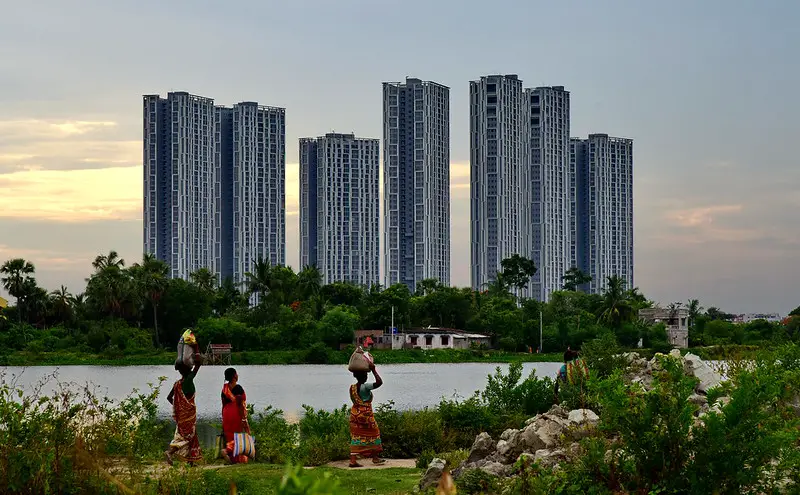
First, things change when we look at developing countries, not just rich Western cities. Many poor countries cannot achieve sustainability in cities. The reason for this is that increasingly rich people living in the cities consume more energy, produce more waste, and consume more food than the poor rural population. In contrast, in richer countries, wealthy people tend to live in rural areas, so this effect works in the opposite direction.
Moreover, the urbanization process has a complex and irregular structure. Cities often grow as a result of rapid and unplanned migration from rural areas. This causes garbage mountains, water, and soil pollution by establishing informal settlements in slum areas without infrastructure.
As urbanization increases in the world, it is up to us to overcome these problems or to accumulate them. If we all come together to find effective solutions, cities can ultimately benefit as expected. They can provide an excellent environment for us to live and improve on our changing planet.
Adventures in the Anthropocene: A Journey to the Heart of the Planet We Made by Gaia Vince Book Review
People are always part of the natural world. We depend on our planet not only for the air we breathe, the food we eat and the water we drink, but also the resources that empower our lifestyles. We are now changing the world in an unprecedented way and use every part of it. Therefore, the world becomes unable to meet our needs. If we continue to develop here at this rate, a lot of work and creativity are needed to prevent further destruction and compensate for the damage we’ve done before.
